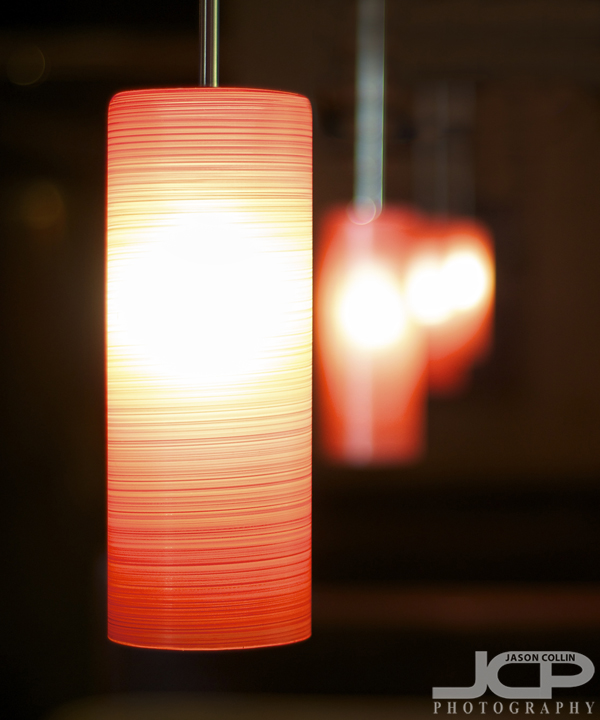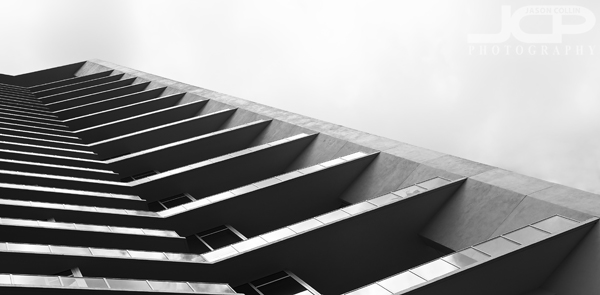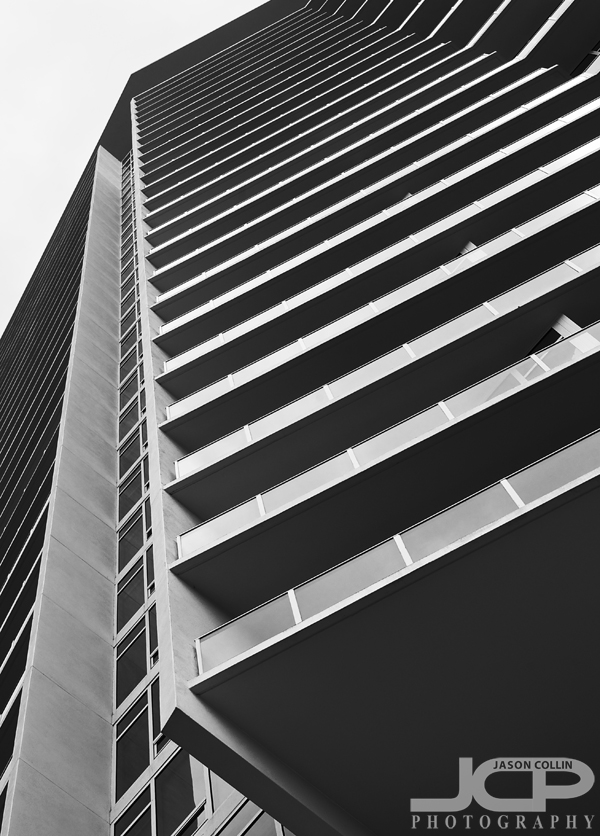 These are hanging lights in a dark restaurant. I just popped in and asked someone if I could make a quick photograph of them.I do not often give composition tips, nor get around to teaching them so often in my 1-on-1 DSLR photography lessons because I usually focus on the practical aspects of making a well exposed and sharp image in any given shooting conditions. Once someone knows how to do that, then the creative aspect of photography can come into play, and that is something that can only be taught to a certain extent anyway. Either you have talent composing a photograph, or you do not.
These are hanging lights in a dark restaurant. I just popped in and asked someone if I could make a quick photograph of them.I do not often give composition tips, nor get around to teaching them so often in my 1-on-1 DSLR photography lessons because I usually focus on the practical aspects of making a well exposed and sharp image in any given shooting conditions. Once someone knows how to do that, then the creative aspect of photography can come into play, and that is something that can only be taught to a certain extent anyway. Either you have talent composing a photograph, or you do not.
Of course there are some composition tips that can definitely help out, or if you find yourself using the same composition style over and over, reading a few new ideas can provide some new inspiration.
 These are hoops on a rack in an accessories shop. Same situation, I asked someone inside if I could take a few photos, and they said yes!The two example photos in this blog post show a combination of two composition techniques, the first is obviously shallow depth of focus (DoF) and the other is repeating patterns. The latter is something I am always looking for when out in the field. I am a big fan of including repeating patterns, the more creative and abstract the better, in photographs. Shallow DoF can be used on any subject matter, but when combined with a repeating pattern I feel has an even greater visual impact.
These are hoops on a rack in an accessories shop. Same situation, I asked someone inside if I could take a few photos, and they said yes!The two example photos in this blog post show a combination of two composition techniques, the first is obviously shallow depth of focus (DoF) and the other is repeating patterns. The latter is something I am always looking for when out in the field. I am a big fan of including repeating patterns, the more creative and abstract the better, in photographs. Shallow DoF can be used on any subject matter, but when combined with a repeating pattern I feel has an even greater visual impact.









